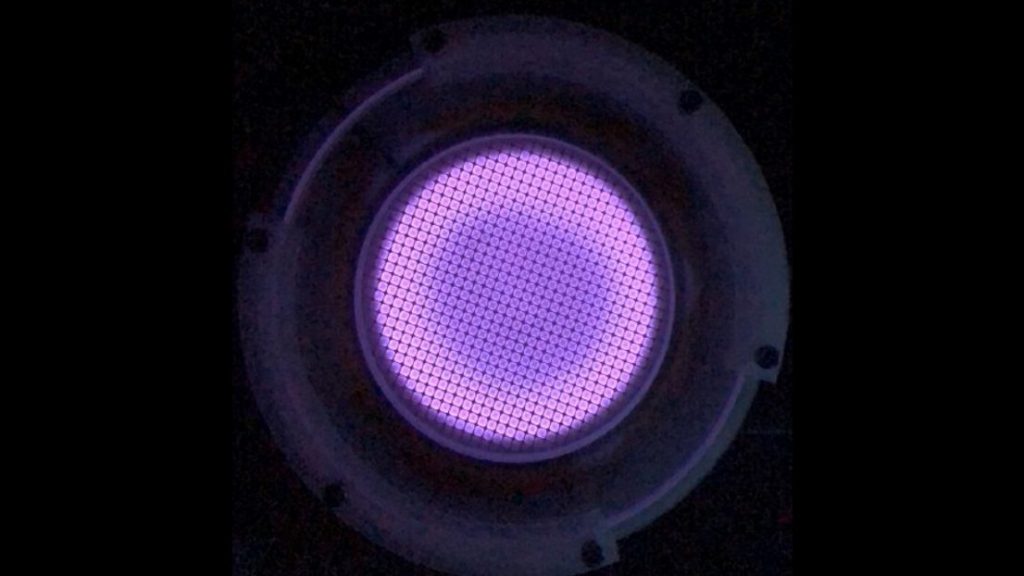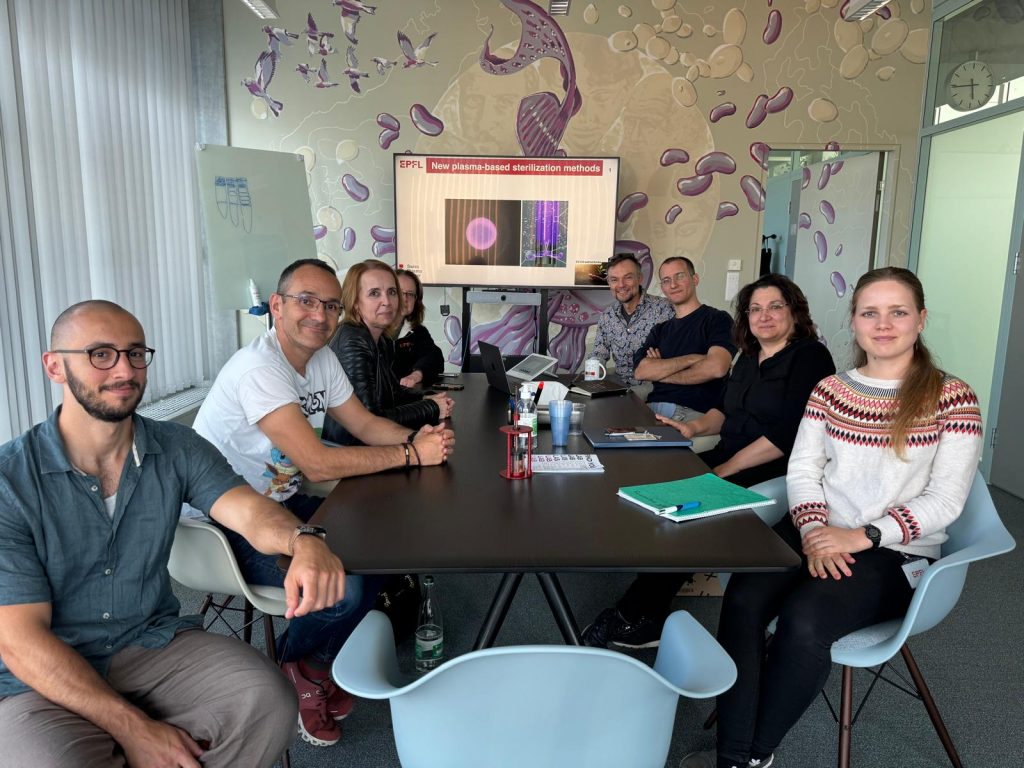
Provide a rapid, safe, environmentally friendly, and energy-efficient alternative to conventional methods of sterilization of tools, devices and labs, using plasma-based technologies.
Sterilization of tools, devices, and media as well as decontamination of biohazardous material are required in laboratory settings to ensure workers safety as well as high standards of research practices. Today the most-used sterilization methods are based on heat sterilization, carried out using steam (wet heat) or dry heat in autoclaves, which represent one of the most energy-demanding devices in laboratories. At EPFL, sterilization procedures consume approximately 50 MWh per year of electric energy.
Combine the complementary expertise in plasmas of the Swiss Plasma Center and in industrial sterilization processes of the SV-IN support services facilities to develop new plasma-based sterilization methods.
Three Work Packages (WP) will drive the project:
WP 1. Develop different dielectric barrier discharge (DBD) configurations and investigate their sterilization performance.
WP 2. Assess the applicability/limits of the configurations for sterilization to specific targets.
WP 3. Construct a plasma-based sterilization device optimized for a specific application
See an updated presentation of the project from the 16 May 2024 Symposium on Research & Sustainability.
By offering a rapid, safe, environmentally friendly, and energy-efficient alternative to conventional methods of sterilization, we aim to reduce both the environmental footprint of the EPFL as well as its electricity bill.
Prof. Ivo FURNO, Dr Fabio AVINO, Dr Aleksandra LAVRIKOVA, Yuri ASNIS
Swiss Plasma Center, https://www.epfl.ch/research/domains/swiss-plasma-center/
Prof. Andrew C. OATES, Vivianne PADRUN, Laurence WINKEL, Eleonora SIMEONI
Segmentation Timing and Dynamics Laboratory, https://www.epfl.ch/labs/oateslab/
